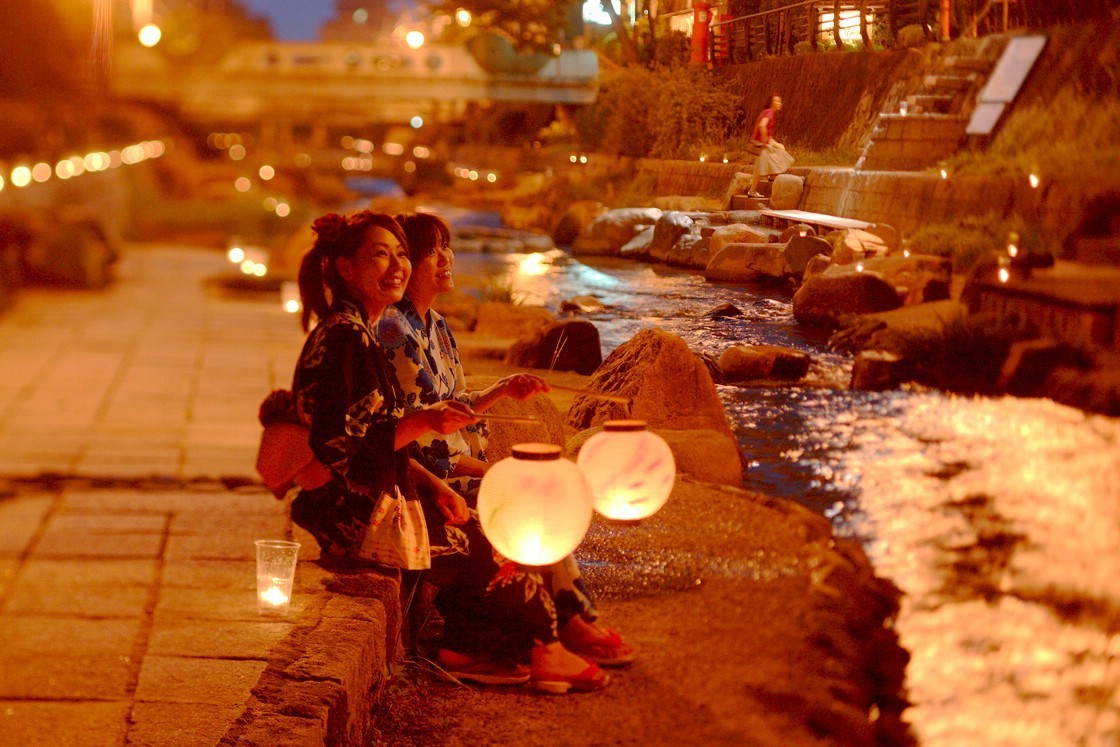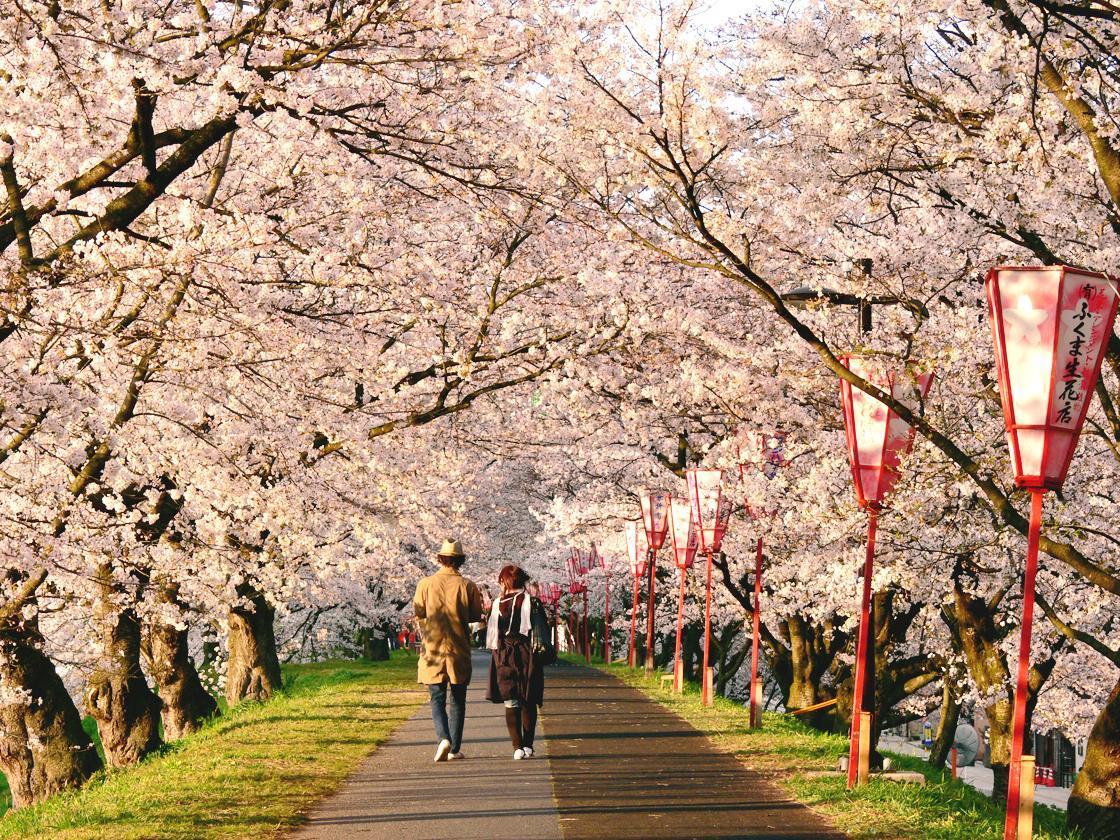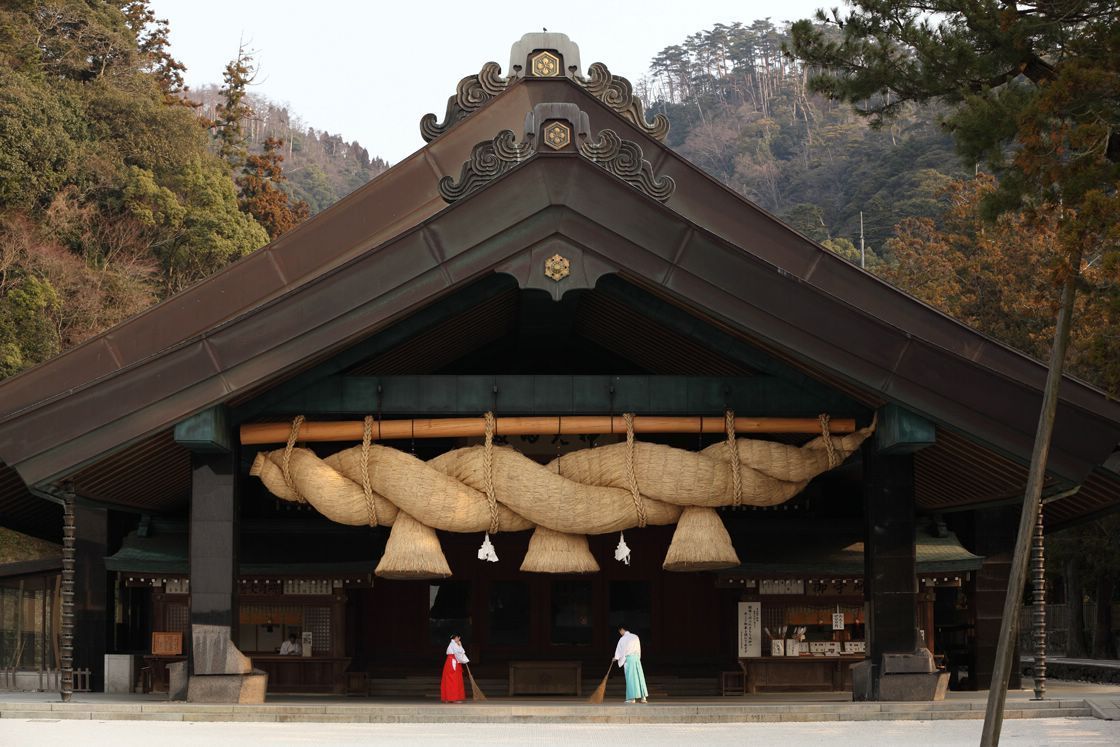Shimane Prefecture
Shimane Prefecture is located in the Chugoku Region of Japan, north of Hiroshima Prefecture. Surrounded by natural beauty, to the north Shimane faces the Sea of Japan and to the south the Chugoku Mountains. In addition to being home to some of Japan's most prominent ancient culture and traditional arts, Shimane has managed to maintain its untarnished traditional scenery.
The prefecture runs west to east and is long and narrow. It is divided into three regions: Matsue/Izumo, Iwami, and Oki. Each region has its own unique culture, offering many great experiences that can be only found here.
Matsue Castle
Matsue, regarded as a central hub of Shimane Prefecture, is a city bordering the Sea of Japan as well as two large lakes, Lakes Shinji and Nakaumi. Because of these bodies of water and the canals that run through the city, Matsue is sometimes called the "The City of Water". The symbol of the city is Matsue Castle, which was built by the daimyo Horio Yoshiharu in 1611 and is one of only 12 original castle keeps extant in Japan today. The castle remains in its original form and was designated as a National Treasure in 2015. Matsue Castle is known for its beautiful contrast of black and white, and its traditionally styled roofs that are said to resemble a plover bird spreading its wings. From the keep, views of the Matsue city and Lake Shinji can be enjoyed, along with a view of Mount Daisen - also known as Hoki Fuji for its resemblance to Mount Fuji - in the distance.
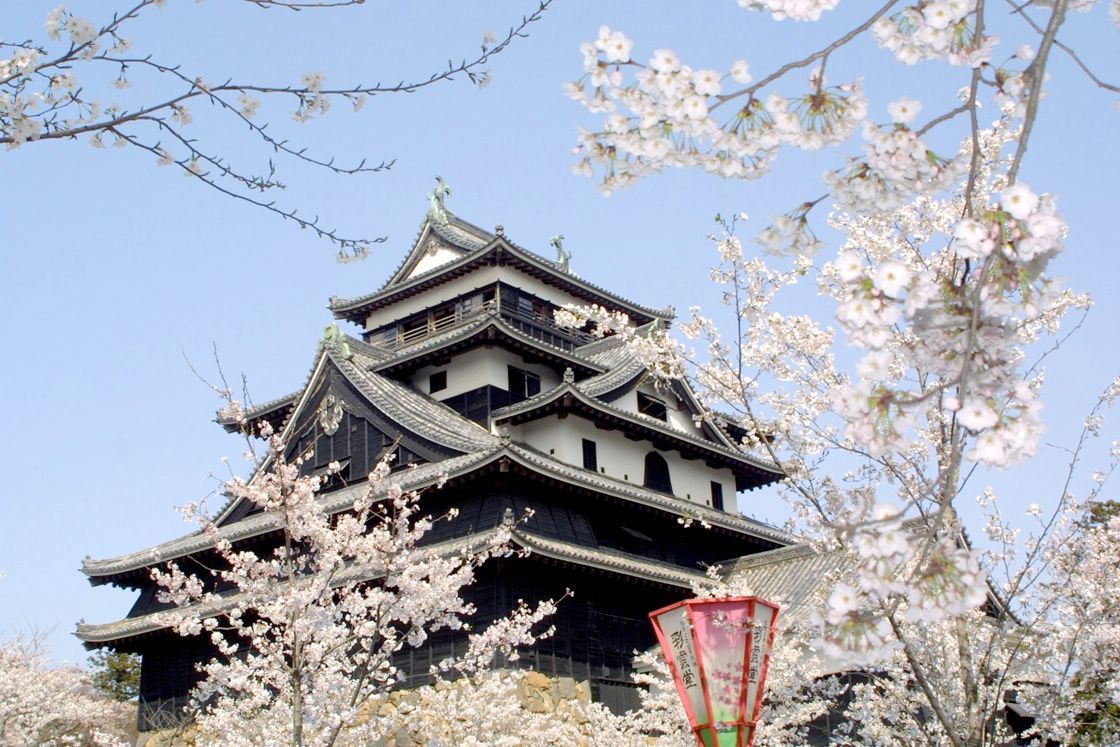
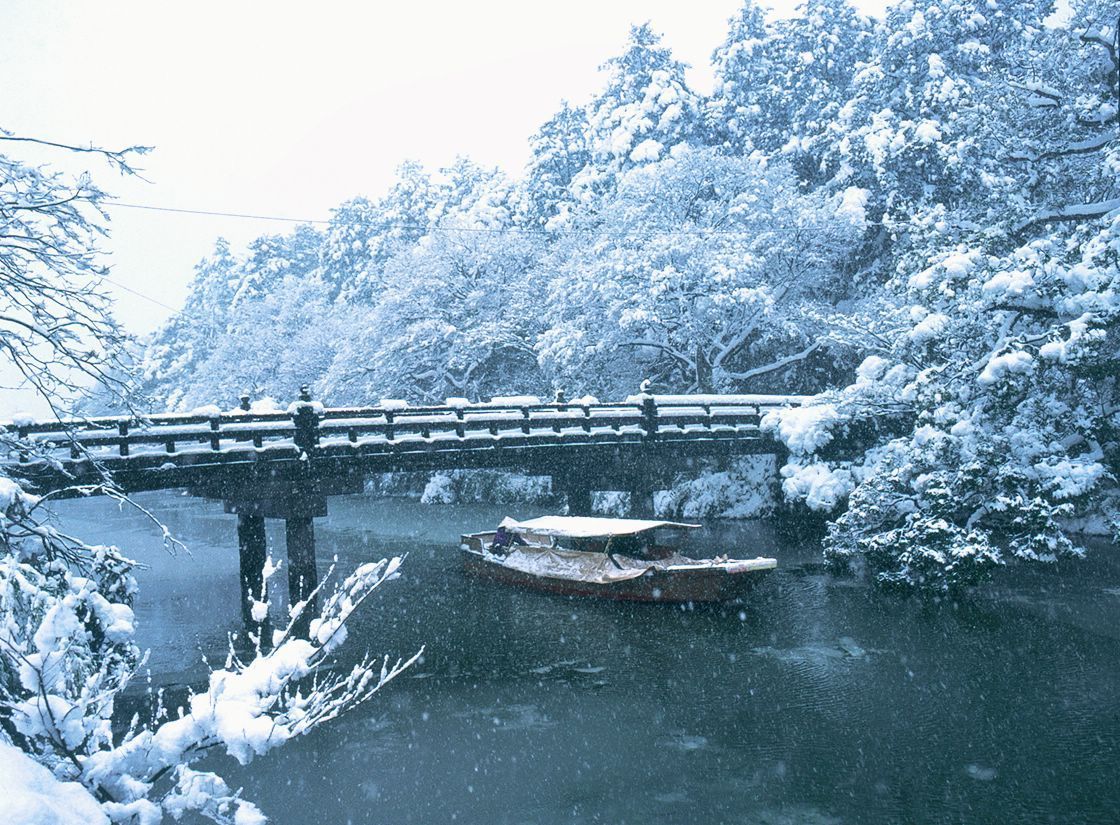
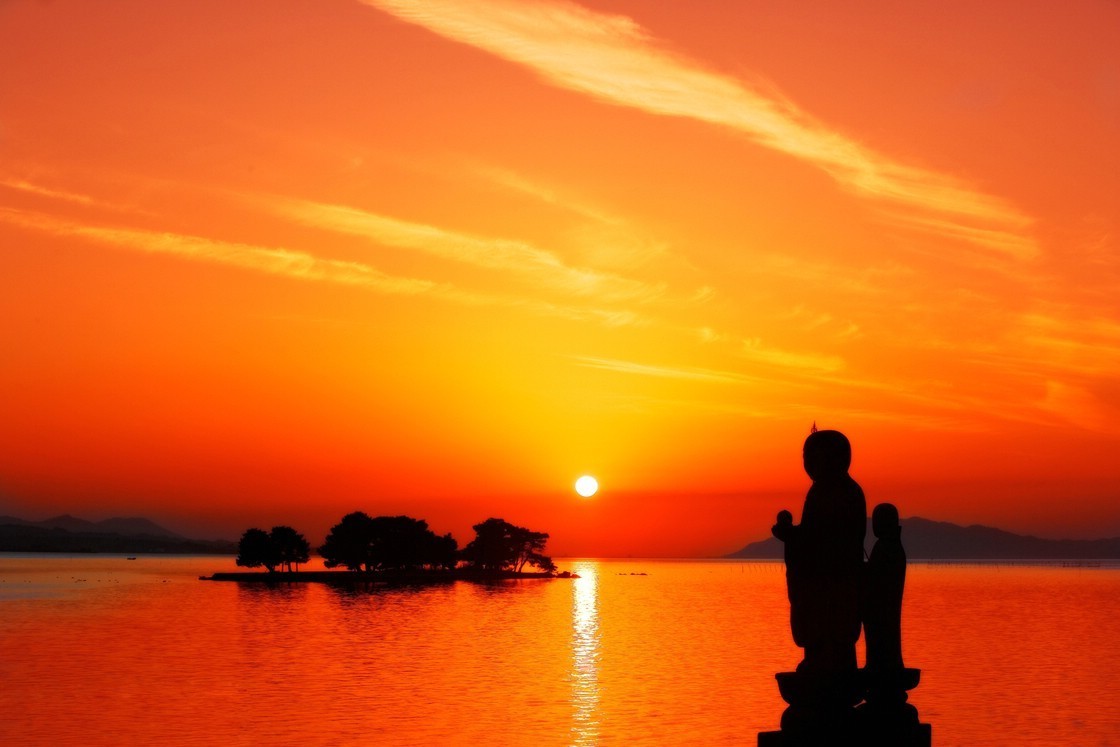
Matsue Tea and Wagashi Culture
The old-time castle town remains standing to this day at the periphery of the Matsue Castle moat. Walk down the street lined with ancient pines, and as you gaze at the old samurai residences, you will feel as if you've stepped back in time.
Along with Kyoto and Kanazawa, Matsue is known as one of Japan's three great centers for wagashi (Japanese confectionary) and tea. The seventh lord of the Matsue Domain, Matsudaira Harusato, was so well versed in sado (the way of tea) that he was known as Fumai-ko, or the Sagacious Lord. To this day, Harusato's legacy is well appreciated, and the people of Matsue maintain the custom of enjoying matcha and wagashi as part of their daily lives.
While in Matsue, make sure to try some matcha yourself and perhaps even take a class on making wagashi so you can continue this great Matsue tradition back home.
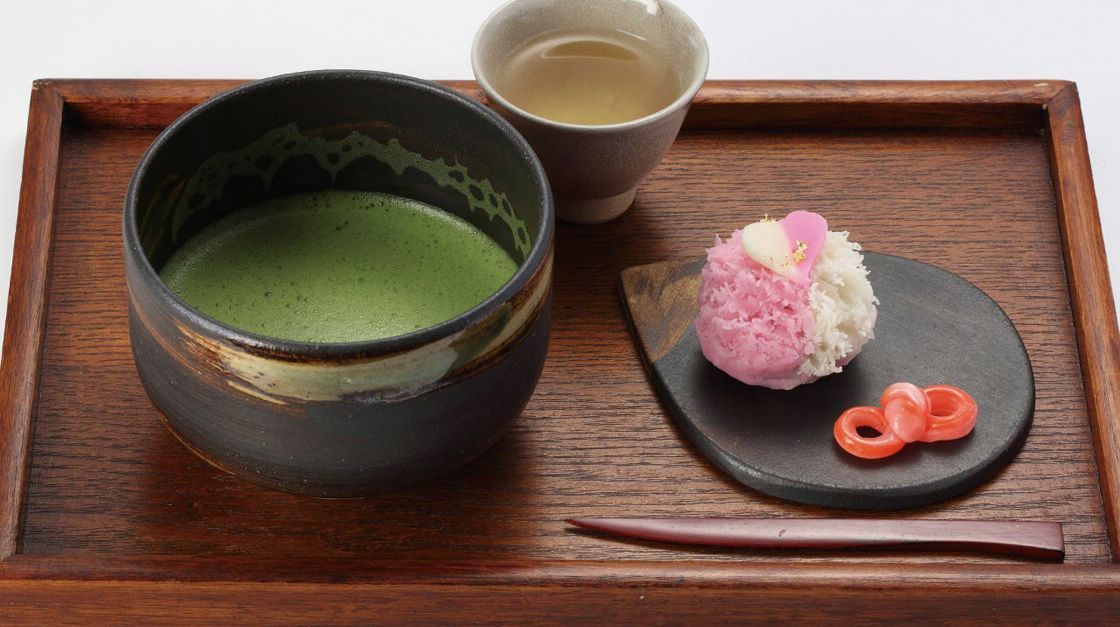
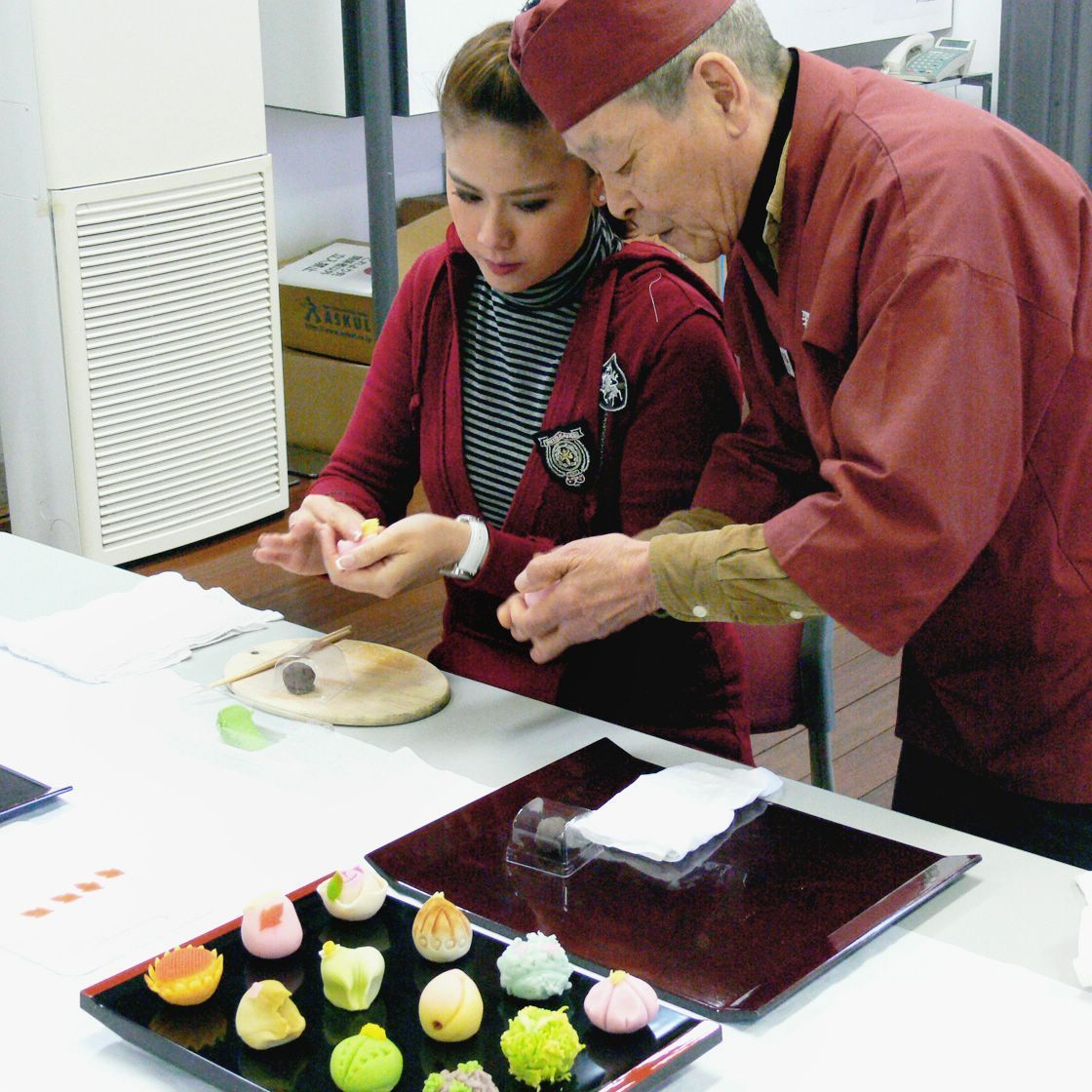
Adachi Museum of Art
The Adachi Museum of Art was founded by Zenko Adachi in 1970. Fascinated by nihonga (Japanese-style paintings), Adachi wanted to create a special space where the beauty of nature could be experienced in a Japanese garden throughout the seasons, enhancing the appreciation of nihonga in the works of artists such as Yokoyama Taikan. The museum grounds cover 16.5 hectares (nearly 41 acres), and the Journal of Japanese Gardening has ranked the gardens at the Adachi Museum of Art as the best Japanese gardens every year since 2003. Among the six gardens on the grounds, the Dry Landscape Garden is particularly noteworthy due to the harmonious way in which the carefully tended garden blends with the mountains in the distance. The beauty of the garden changes through the seasons, making repeat visits well worth it.
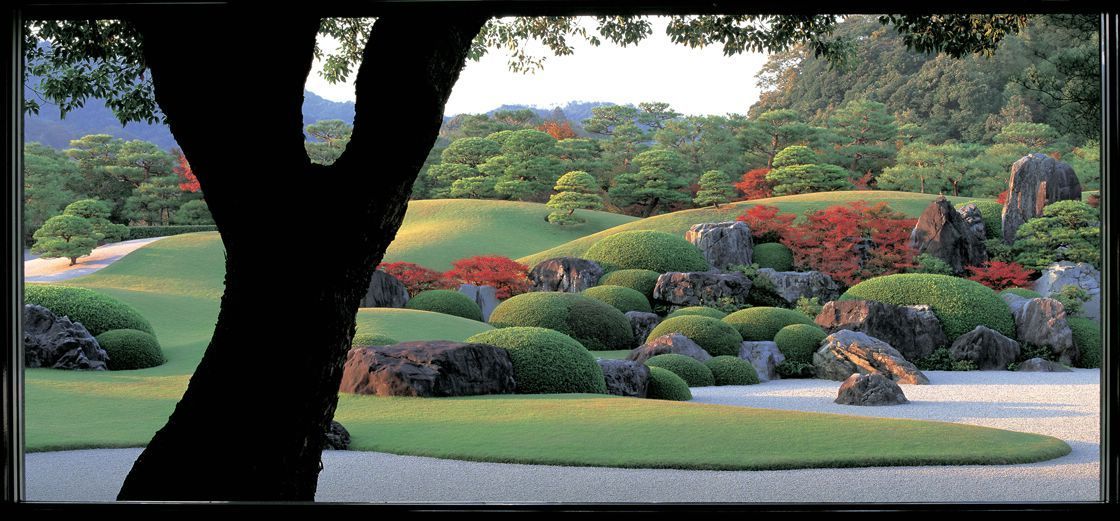
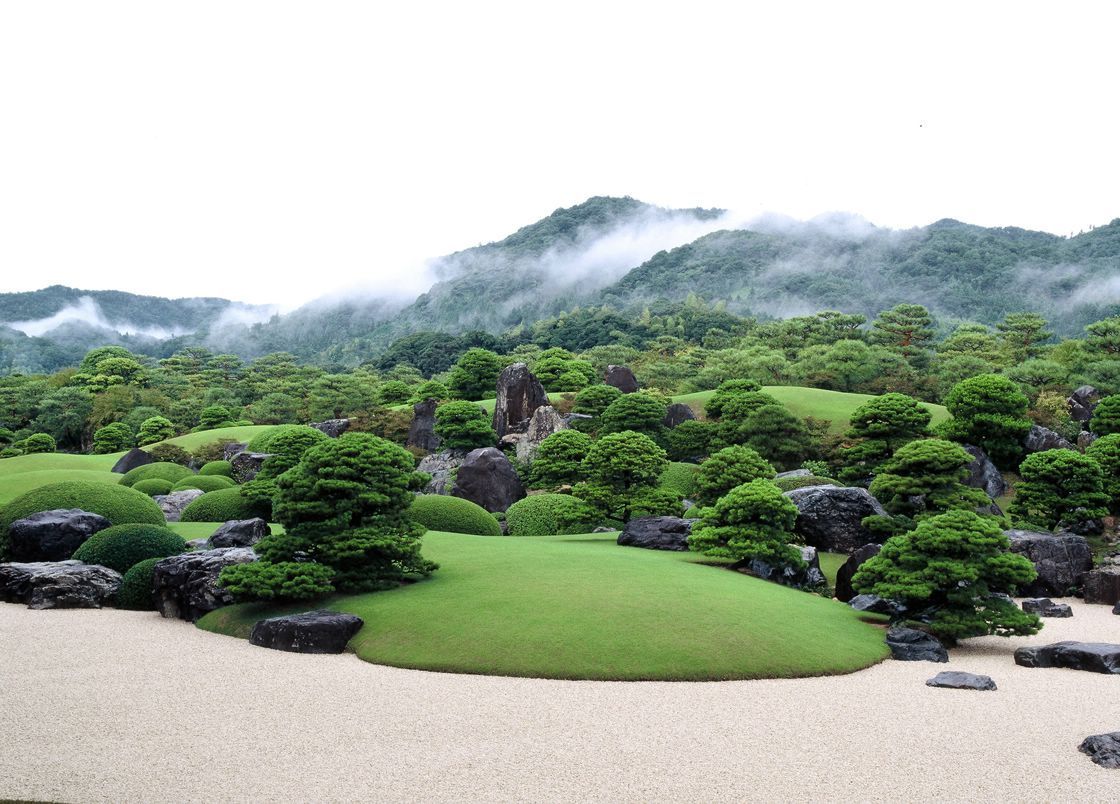
The nihonga of many artists, including pieces created by contributor Yokoyama Taikan, are on display in the Japanese art exhibition. Taikan's "Momiji" (Autumn Leaves) has an elegance that stands out from his other paintings and brings many guests to the museum year after year just to view it.
Izumo Taisha Grand Shrine
The people of Shimane Prefecture today are surrounded by myths and history from ancient Japan. Of the myths compiled in the "Kojiki," Japan's oldest history record from the early eighth century, about one-third take place in the Izumo region of Shimane Prefecture. The Izumo Taisha Grand Shrine appears in these myths and is one of the oldest and best-known shrines in Japan. It is said that in the tenth month of the lunar calendar each year, all of the Shinto gods from throughout Japan gather at the shrine for a conference to determine people's "en"(relationships), particularly the development of personal relationships, over the next year.
The current Main Hall was constructed in 1744 and has been designated a National Treasure. About 24 meters in height, the original main structure is said to have been about twice as tall. The Sacred Dance Hall, where ceremonies, prayers, and other such rituals are performed, has one of the largest shimenawa ropes in Japan, extending 13 meters in length and weighing five tons. Shimenawa ropes are used to cordon off sacred spaces from the temporal world. One cannot help but be astonished when they see the size of the shimenawa rope and the solemn atmosphere it engenders.
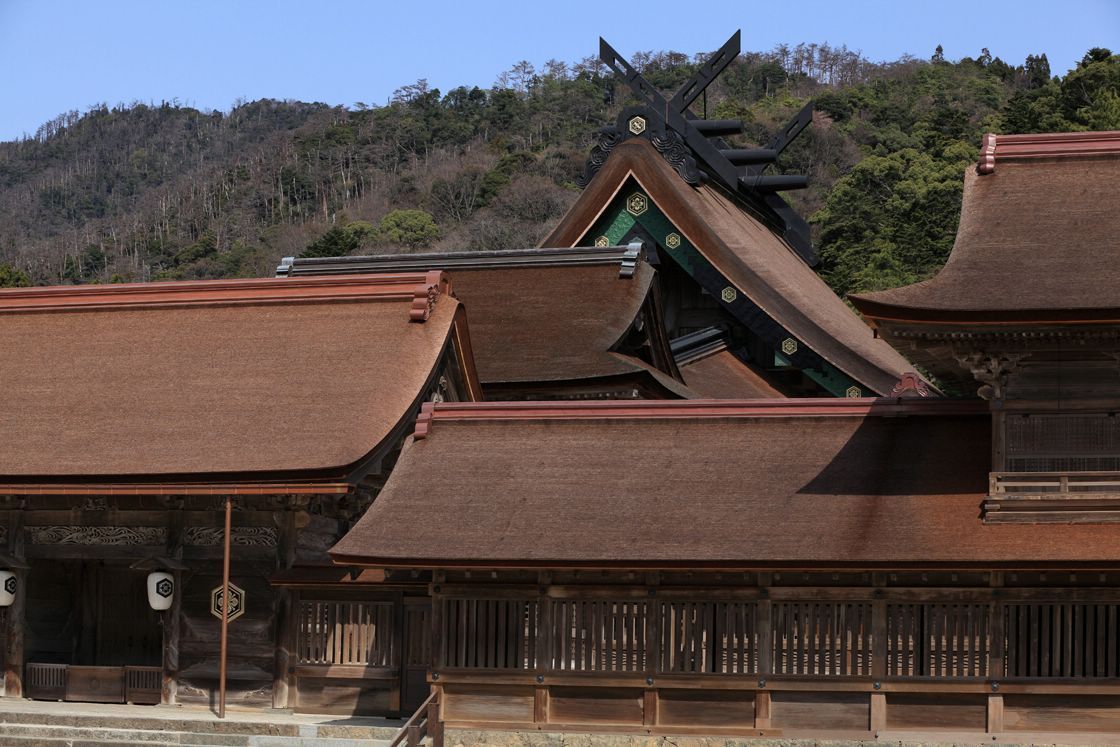
UNESCO World Heritage Site - Iwami Ginzan Silver Mine
Located in the center of Shimane Prefecture, the Iwami Ginzan Silver Mine flourished in the sixteenth and seventeenth centuries as the largest source of silver in Japan. Refining silver required a large amount of wood or charcoal for fuel, and we can see today how eco-conscious the silver industry was when procuring that fuel. As a result of this care, the site was inscribed on the World Heritage Site list in 2007, the first mine to be designated in Asia. At its peak mining period, it was estimated that about one-third of the silver in the world came from Japan, and most of it from the Iwami Ginzan Silver Mine. Although the mine is now closed, visitors can walk through a portion of the Ryugenji-mabu Mining Shaft to experience the mining environment for themselves.
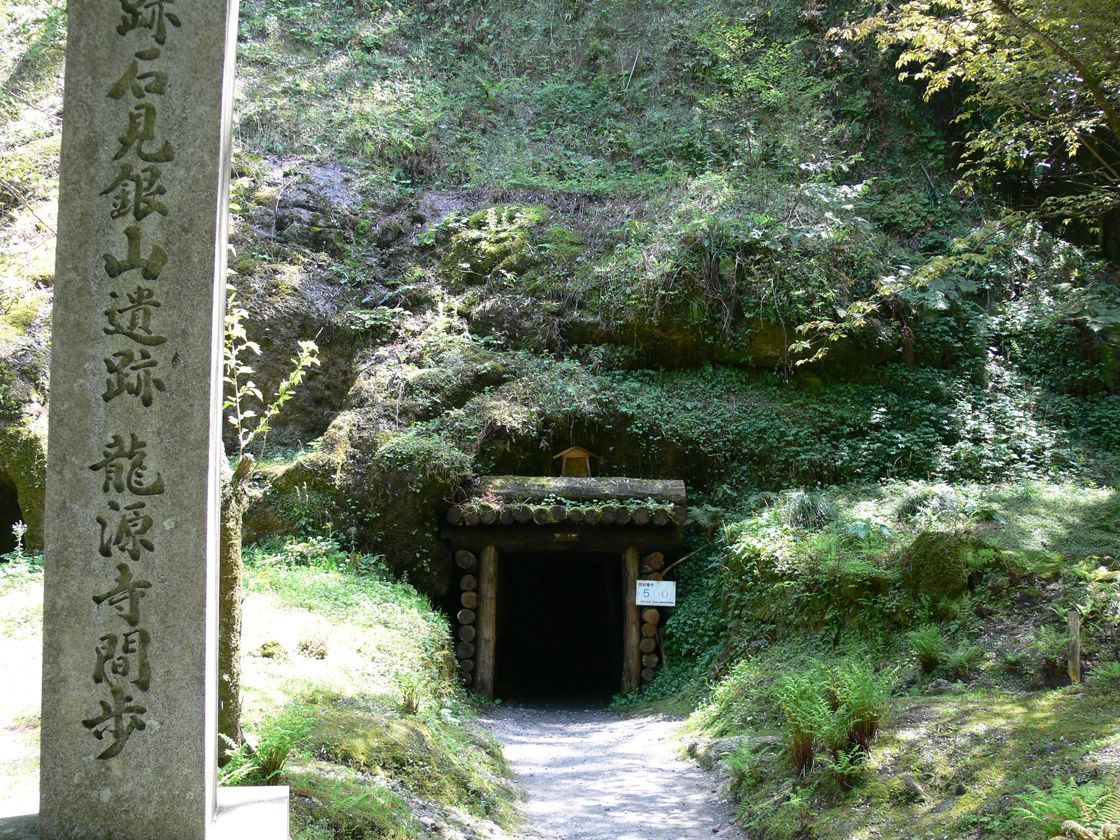
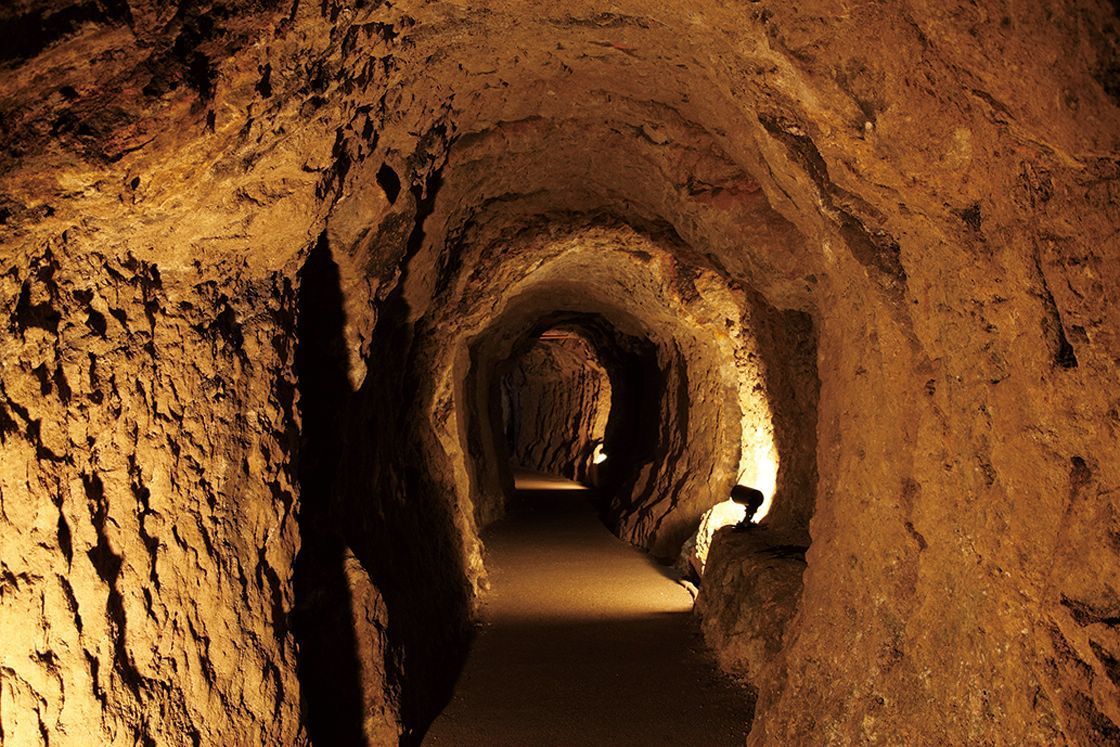
Townscape of Omori
Many of the structures and cultural properties of Omori still remain as they were during the heyday of the Iwami Ginzan Silver Mine. Take a stroll and enjoy the old-time atmosphere of this town. One of the interesting features of Omori is how samurai residences and merchant homes coexist. The abundance of financial resources available during those times can be seen through the stately nature of the samurai residences and the sturdy construction of the merchant homes.
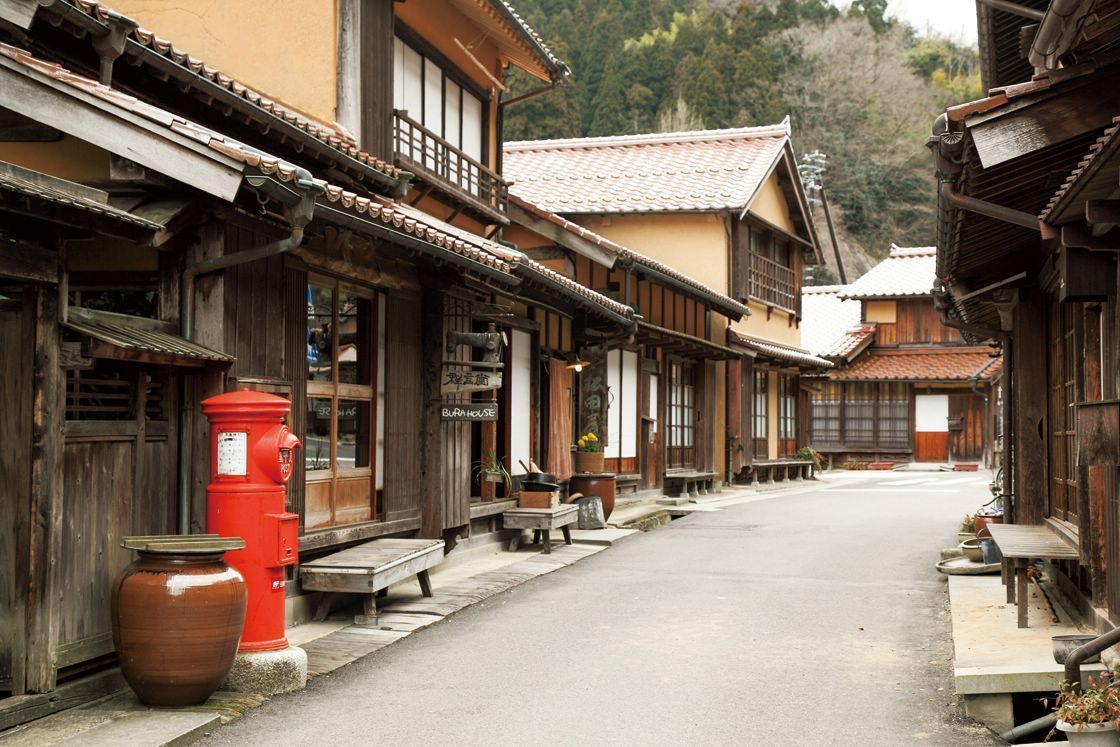
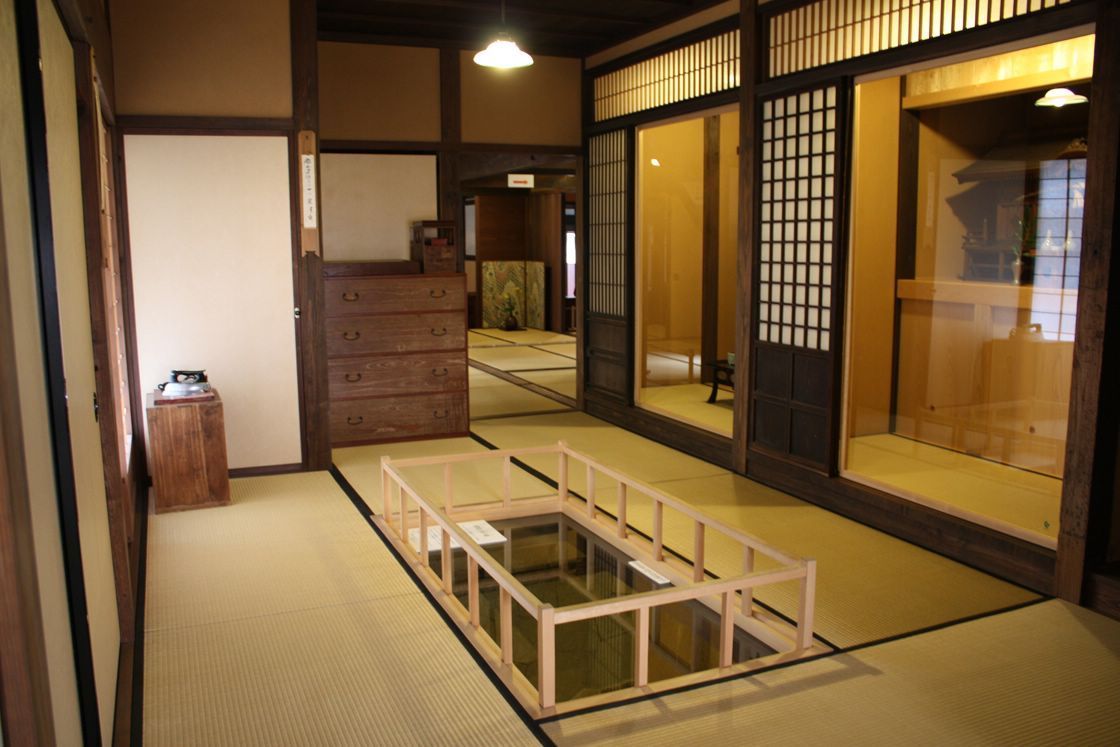
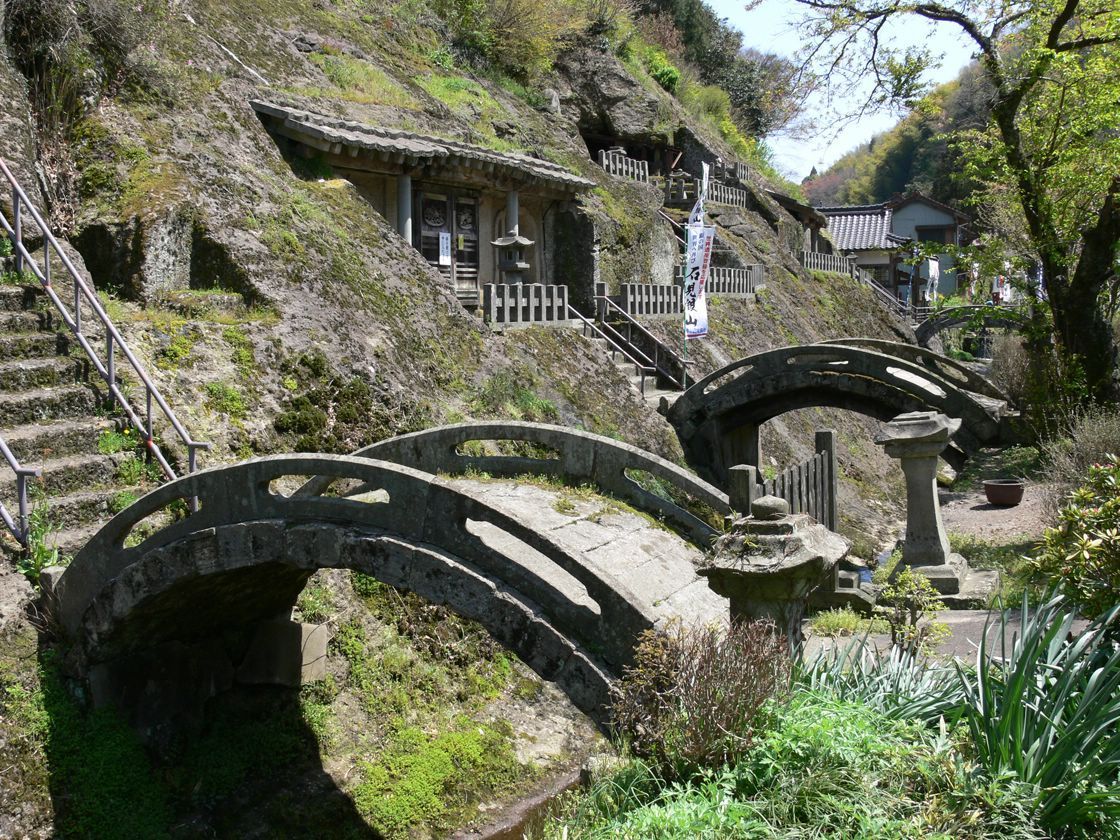
Iwami Kagura
Kagura originated as a Japanese Shinto ritual in which people gathered and worshipped the Shinto gods through sacred dance and music. This dancing remains a deeply embedded part of local culture and is a popular form of folk art performed at events such as harvest festivals. Iwami Kagura is characterized by storylines that are easy to follow, a fast tempo, magnificent attire, and decorations. One of the representative Iwami Kagura performances is "Orochi," a myth that astounds onlookers with a gigantic serpent that moves about the stage on a scale not found in any other kagura performance. Kagura is performed by local troupes known as shachu, of which there are about 130 in the Iwami area. Performances are held throughout Iwami every Saturday.
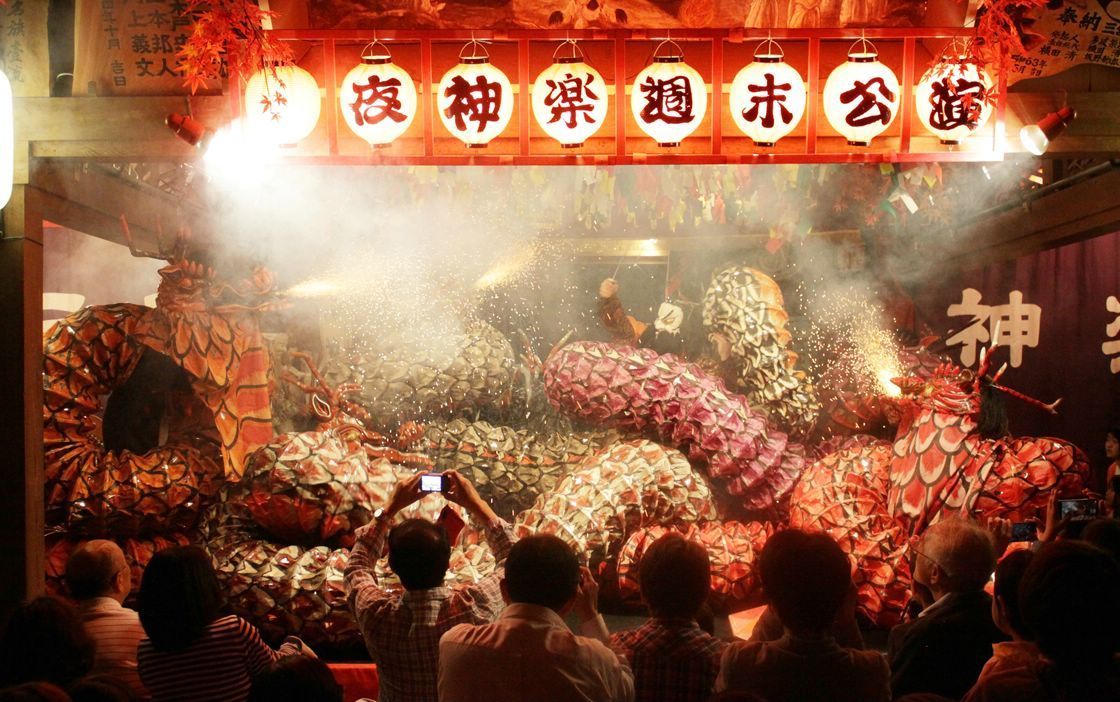
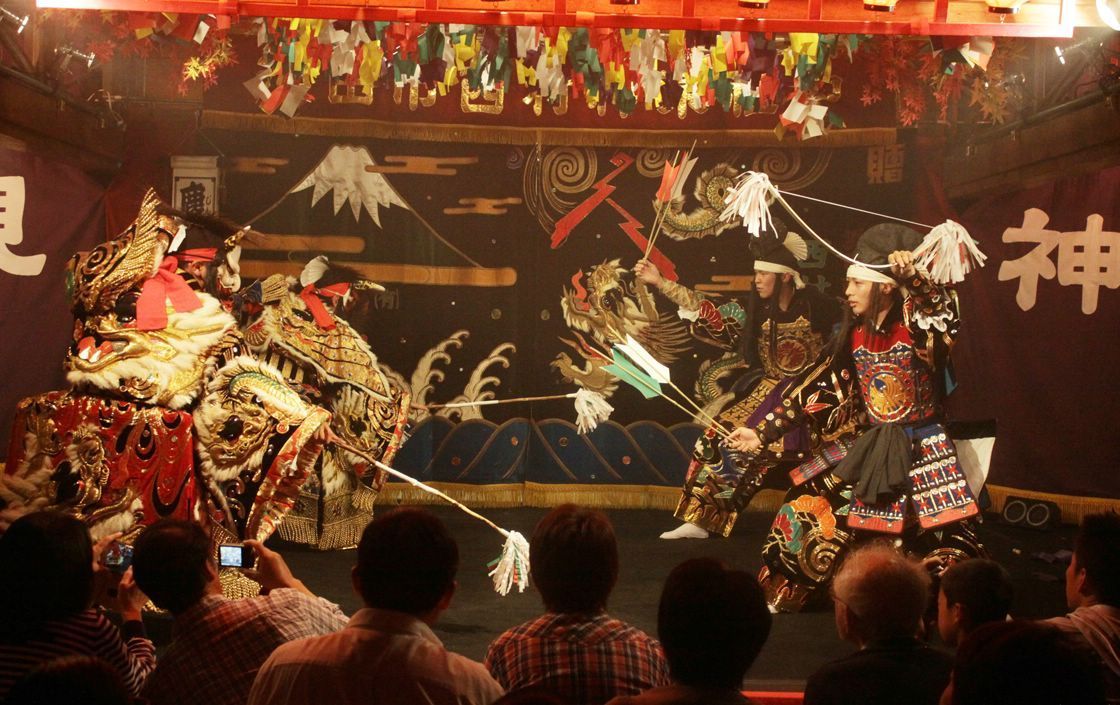
Oki Islands
Four large inhabited islands and some 180 smaller islands compose the Oki archipelago, located in the Sea of Japan between 40 and 80 kilometers to the north of the Shimane Peninsula. The land of the Oki Islands has developed through a series of stages: once part of the Eurasian Continent, it then sunk to the bottom of the deep sea, and later resurfaced due to a series of volcanic eruptions. Taking their current shape around 10,000 years ago, these islands have such unusual topography that they were designated as a UNESCO Global Geopark in 2013. The islands total approximately 350 square kilometers and have a population of around 23,000 people. Among the wonders to be seen in the Oki region is Matengai, a cliff that seems to have been created by slicing the island with a gigantic knife. The area on top can be explored on a hike that passes by horse and cow pastures. In the summer, when the water is clearest, the great outdoors can be enjoyed here through activities such as sea-kayaking and diving.
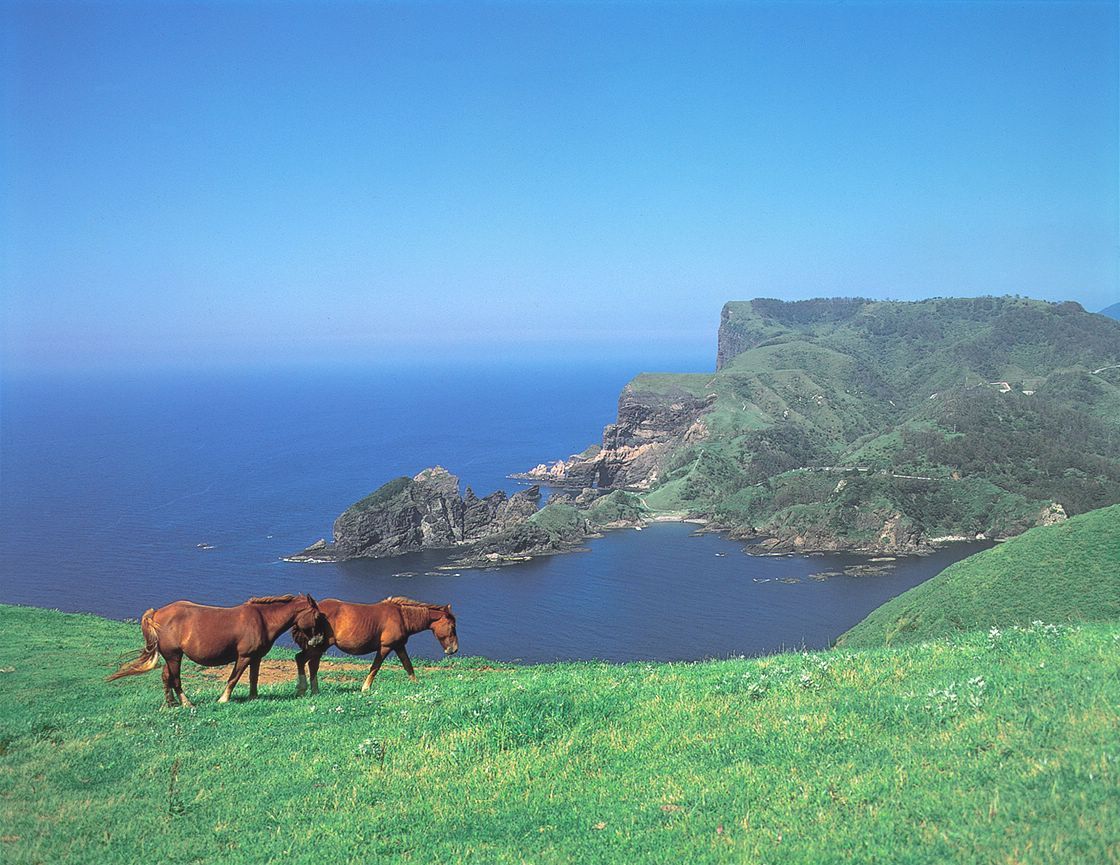
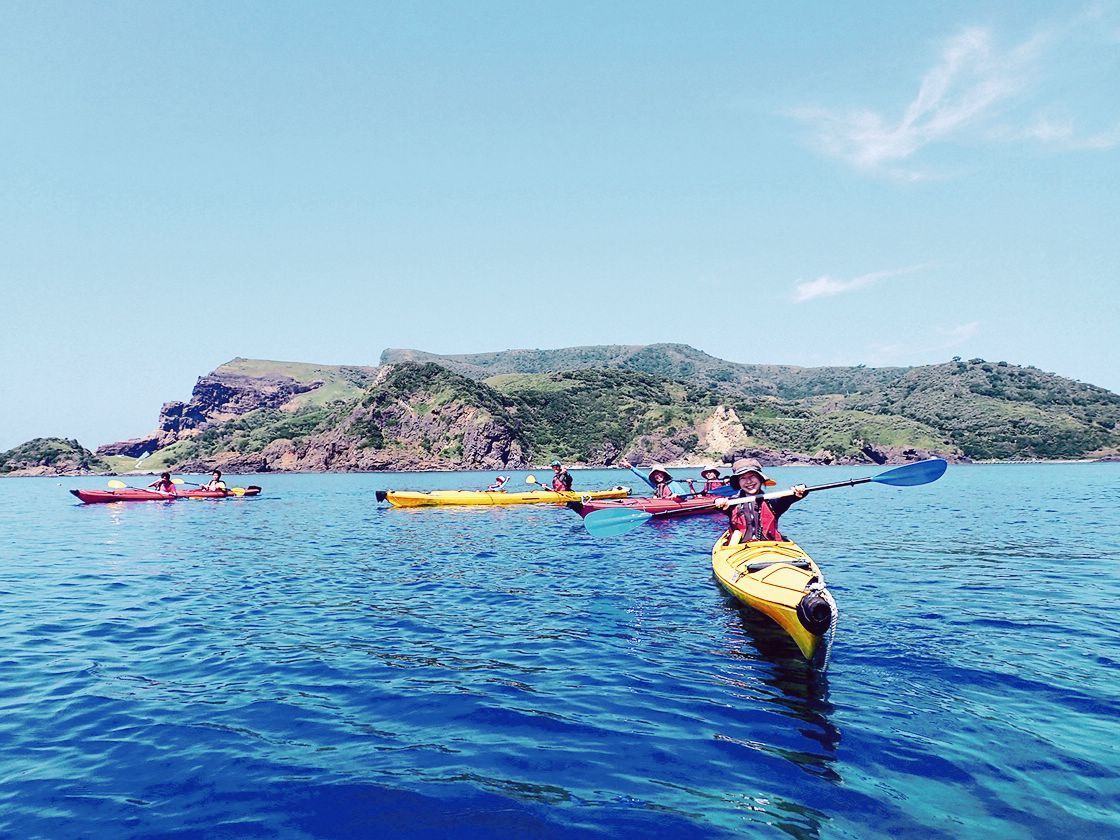
Shimane Prefecture has many other great activities to offer, such as excellent hot springs and delicious foods from the sea and mountains. For those who love traditions, culture, and nature should come to Shimane Prefecture for some truly unforgettable experiences!
